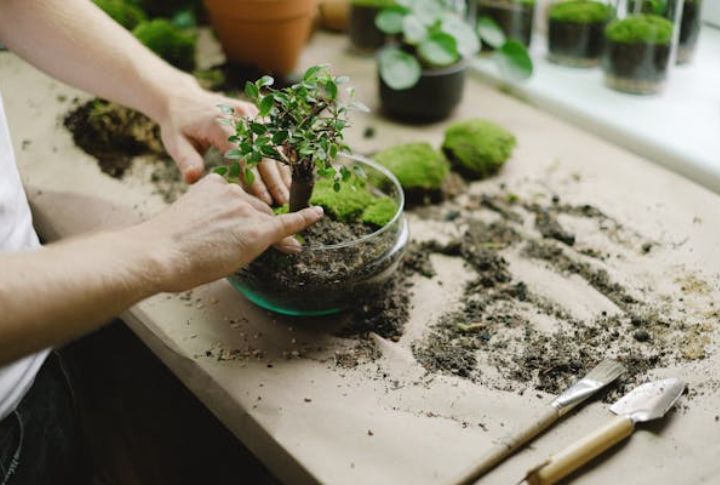
Gardening doesn’t always need fancy pots and planters—many everyday items can be repurposed into unique, functional plant containers. Not only is repurposing often more budget-friendly than buying traditional pots, but it also sparks creativity. So, keep reading to discover 20 household items you can turn into planters at little or no cost.
Tin Cans
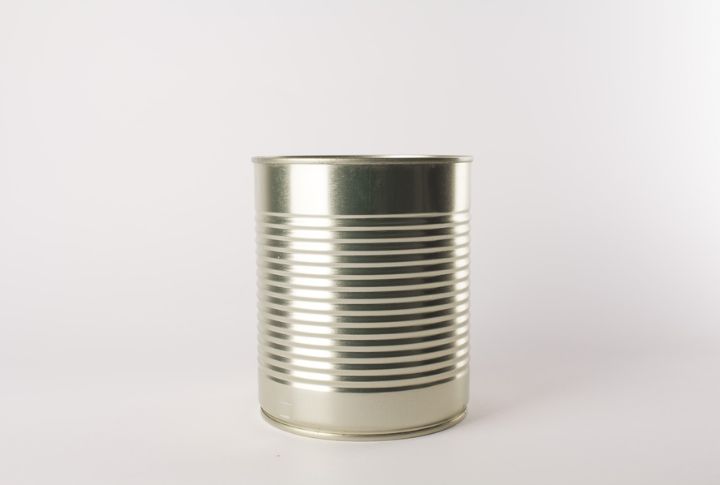
Empty tin cans from canned goods can be upcycled into charming planters. Their metallic surface adds an industrial look to your space, and they’re easy to paint or decorate. They work well for small herbs like basil or parsley in a kitchen setting. Simply punch drainage holes in the bottom, add soil, and plant your favorite greenery.
Old Boots
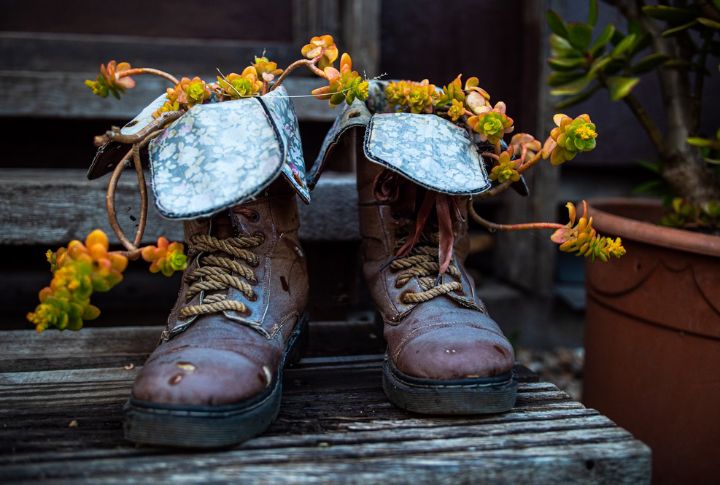
Worn-out boots can find a second life as eye-catching planters, and their natural shape allows for proper drainage. You can plant succulents or even small vegetables inside them. Placing them along a garden path or porch adds a unique charm. Over time, they’ll develop a weathered look that enhances their rustic appeal.
Broken Teapots
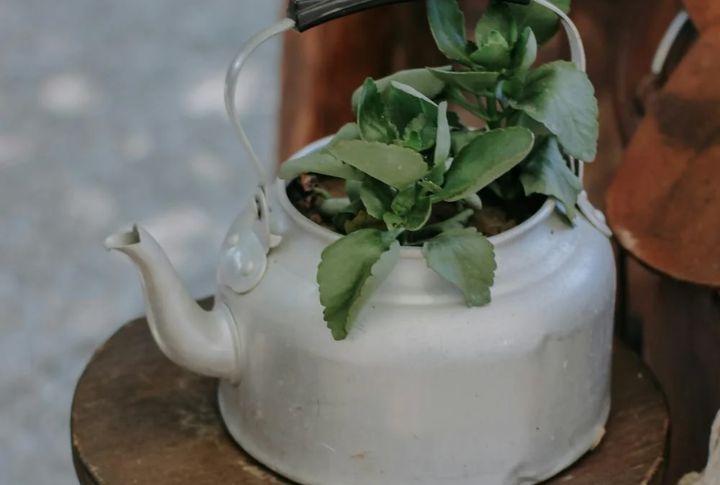
Instead of discarding cracked or chipped teapots, you transform them into an elegant planter. Fill them with small plants like succulents or mosses for a delicate touch. Then, place them on windowsills or garden tables for a whimsical effect. Mixing various colors and patterns can create a delightful cottage-style arrangement.
Colanders
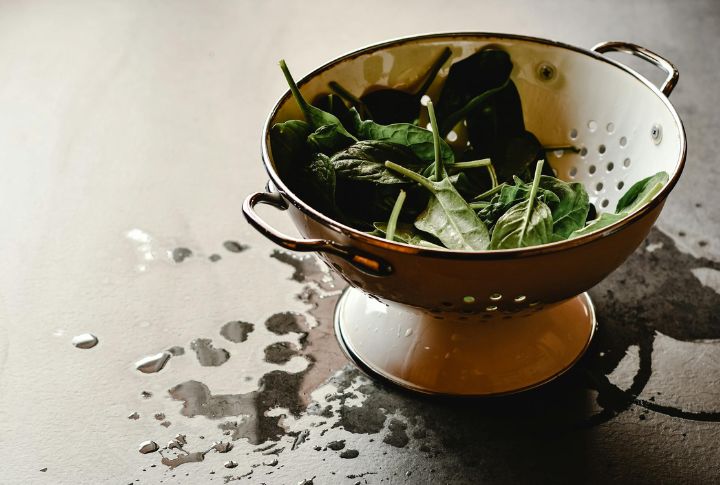
Due to their built-in drainage holes, metal or plastic colanders can make perfect planters. Fill their deep structure with ample soil and use them to plant herbs or trailing plants. Line the interior with burlap or a coffee filter to prevent soil from falling through the holes. These planters can be transported or suspended easily on their sturdy handles.
Unused Fish Tanks
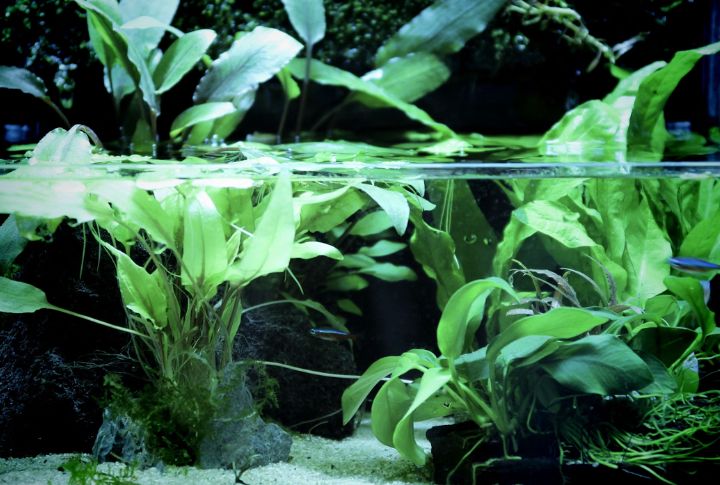
A cracked or unused fish tank can be repurposed into a unique terrarium-style planter. The clear glass walls provide a striking view of layered soil, pebbles, and plant roots. This method works best for tropical plants or small succulents that thrive in humid environments. To enhance their aesthetic appeal, add fairy lights or decorative stones.
Old Drawers

The rectangular shape of discarded dresser drawers allows multiple plants to be arranged side by side. A coat of weather-resistant paint helps protect the wood from outdoor elements. Propping them up on bricks or legs creates an elevated planter perfect for flowers, herbs, or even shallow-rooted vegetables like lettuce.
Mason Jars
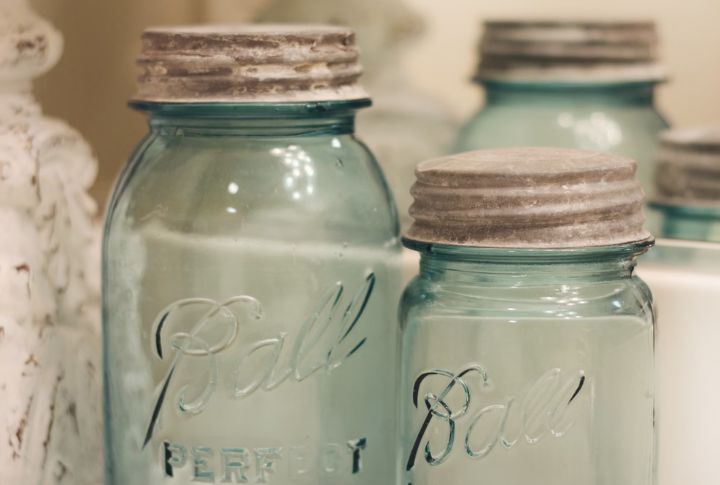
If your planting space is limited, consider converting mason jars into planters. The jars’ transparent walls allow you to see every stage of the plant’s growth, making them ideal for hydroponic plants or herbs. You can hang them from walls or place them on kitchen counters. Remember to drill holes at the bottom for proper drainage.
Old Tires
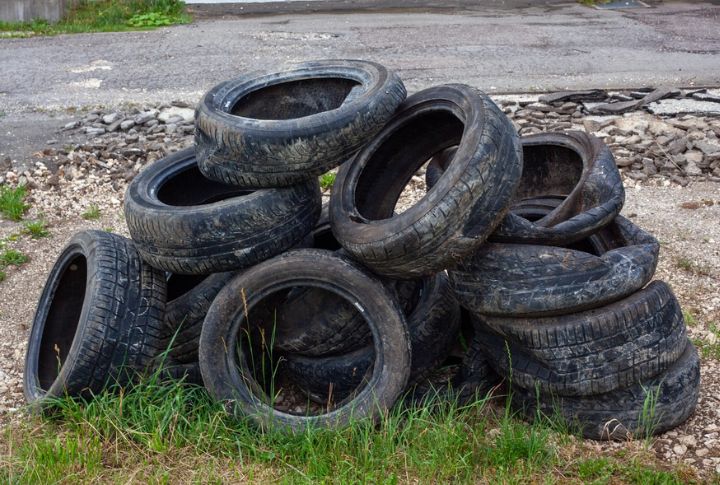
Repurpose those worn-out tires into sturdy and durable planters for outdoor gardens. Each tire can be stacked, painted, or hung to create vertical garden features. Due to their circular shape, tires are ideal for larger plants or flowers. Adding soil directly inside the tire or using it as a frame for a garden bed expands its functionality.
Unused Coffee Mugs

The small sizes of coffee mugs make them perfect for succulents or small cacti. Simply drill a small drainage hole or add pebbles to the bottom of your unused mug before planting. Place them on office desks, windowsills, or bookshelves to add a cozy and personal touch. They can also make great conversation starters.
Milk Crates

Milk crates make excellent planters because their open grid design allows for efficient drainage. They are ideal for root-heavy plants and growing vegetables or even decorative flowers. Lining them with burlap or landscape fabric helps keep the soil contained. You can also stack them to create a vertical garden.
Rusty Wheelbarrows
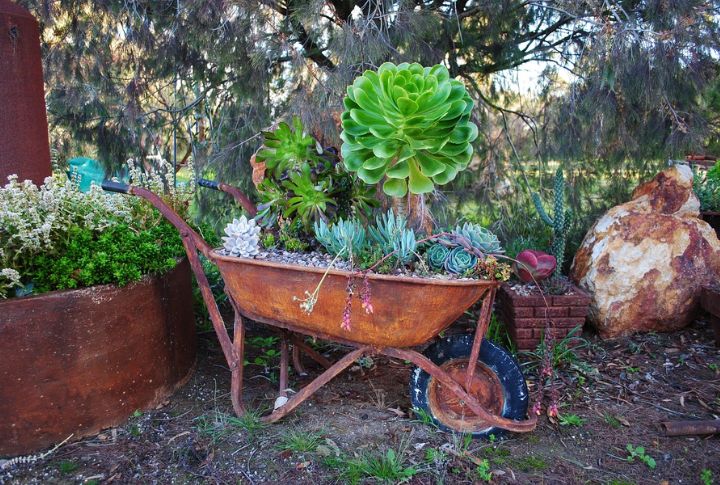
You can convert a rusty wheelbarrow into a mobile garden planter. It’s an excellent choice for cottage-style gardens, and its deep basin accommodates a variety of plants, from flowers to vegetables. As a mobile garden, the wheelbarrow can be repositioned for optimal sunlight. Applying fresh paint can enhance its appearance while maintaining a vintage feel.
Unused Birdcages
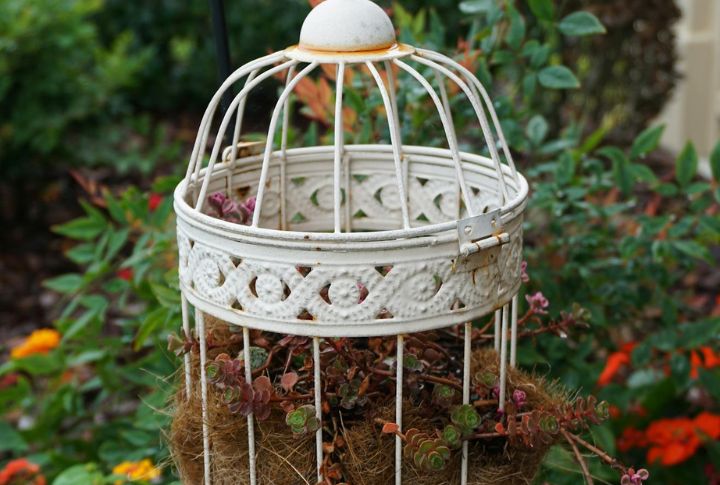
Birdcages, with their intricate metal designs, make stunning hanging or tabletop planters. They’re perfect for trailing plants like ivy or ferns. Cover the bottom with coconut coir or moss to create a breathable base for plants. Placing them on patios or balconies and adding fairy lights can make them more appealing.
Old Buckets
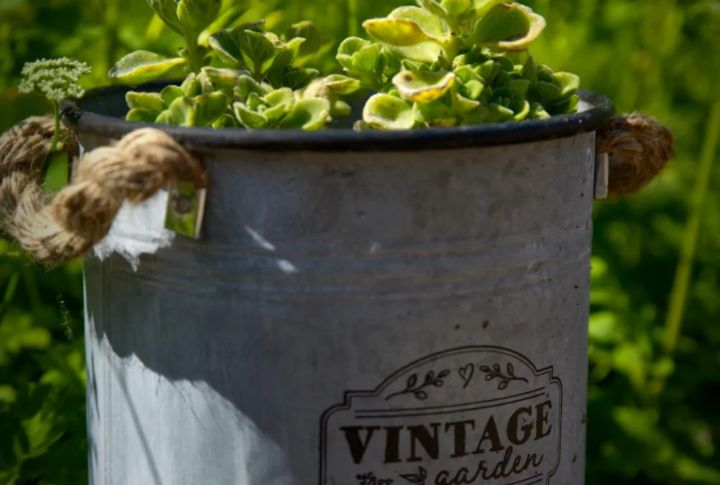
Like old wheelbarrows, old rusty buckets can be turned into stylish planters by drilling a few drainage holes to ensure proper water flow. Their deep structure allows for ample root growth, making them great for tomatoes, peppers, or flowers. Additionally, you may group different-sized buckets together to create an appealing arrangement.
Coconut Shells
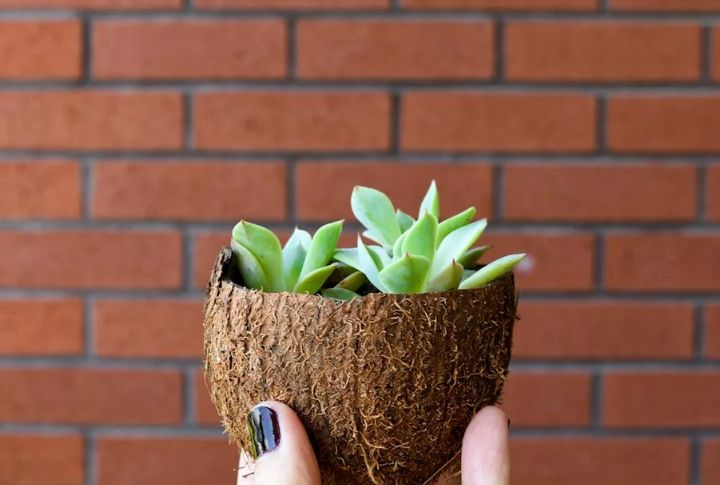
Those empty coconut shells are not useless after all, as they can make compact, biodegradable planters for small plants. Halved coconut shells provide an organic aesthetic ideal for succulents and air plants. Adding twine allows them to be hung as hanging planters. Also, placing them indoors or outdoors brings a tropical vibe.
Wine Bottles
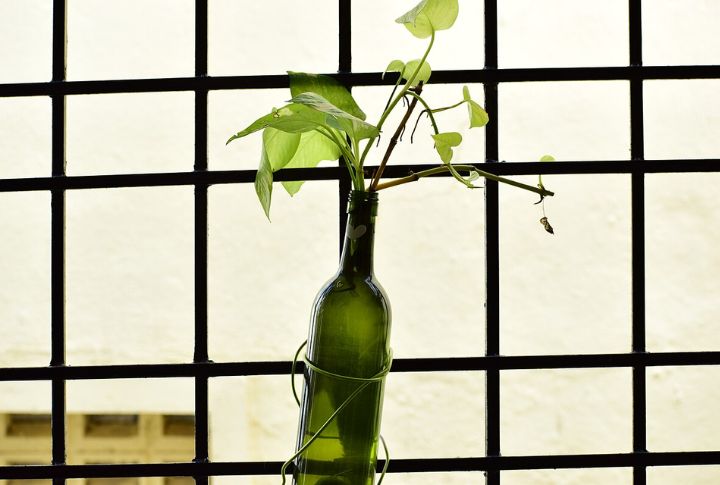
Repurposing wine bottles is a genius way of preventing waste. Empty wine bottles can be cut in half and used to grow hydroponic plants, with the upper half serving as a water reservoir. Painted or etched glass adds a decorative element. Using them as wall-mounted planters saves space in small homes.
Toy Dump Trucks

Even old toy dump trucks can become fun and playful planters, especially for children’s gardens. While they add a cheerful touch to the surroundings, their deep basins provide ample space for soil and plants. These planters are perfect for succulents or small flowers. Arranging several toy vehicles together creates room for more.
Suitcases
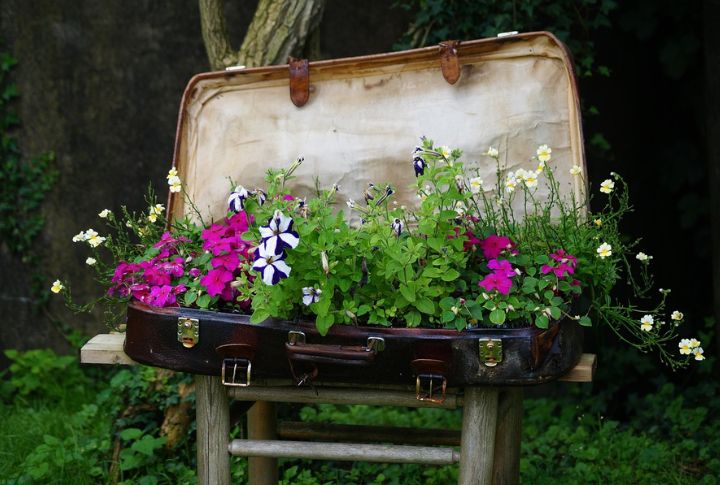
To use a suitcase as a planter, drill drainage holes in the bottom and line it with a plastic sheet or landscaping fabric to prevent soil leakage. Waterproofing the interior helps protect the suitcase from excessive moisture damage. Suitcases with hard shells are especially durable; even fabric ones can work with proper reinforcement.
Hollowed Logs

Because of their sturdy structure, which can retain moisture, hollowed logs can be ideal environments for flowers, succulents, or small vegetables. First, carve out enough space for soil and ensure proper drainage by drilling small holes or leaving natural cracks. Over time, the log will decompose and enrich the soil with organic matter.
Metal Watering Cans
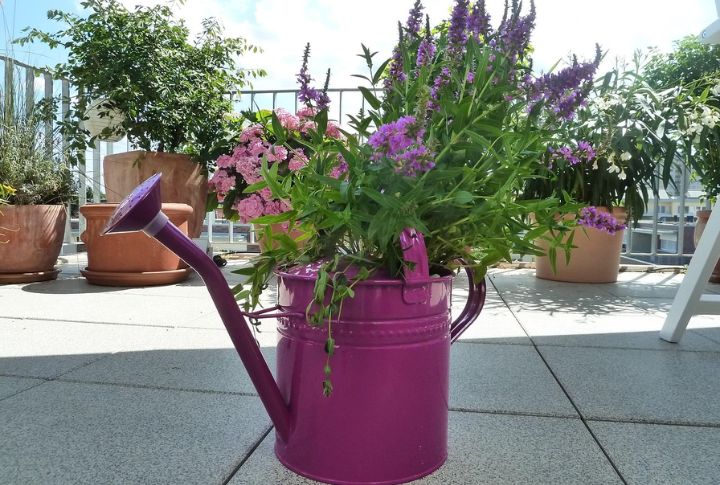
One advantage of using watering cans as planters is that you can move them around using their built-in handles. This allows you to rearrange plants as needed for sunlight or decoration. Preparing the watering involves drilling a few drainage holes in the bottom, filling the base with gravel, and then adding some soil.
Paper Bags
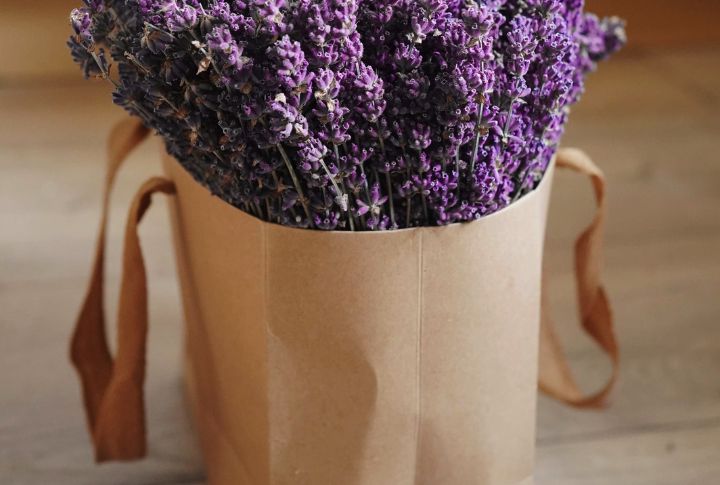
When you need a temporary, eco-friendly planter for seedlings or small plants, paper bags can be quite useful. You may need to reinforce the bottom with multiple layers or place them inside a sturdier container for support. Since paper absorbs water, remember to line the interior with plastic or use it in a well-drained area.

